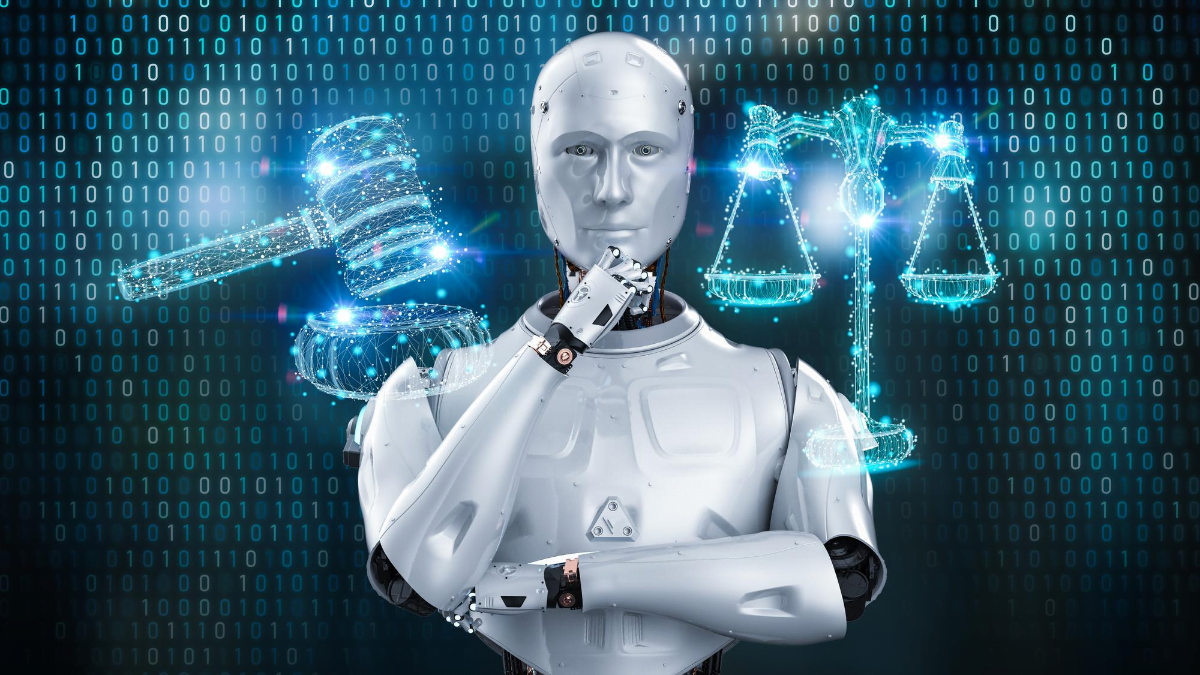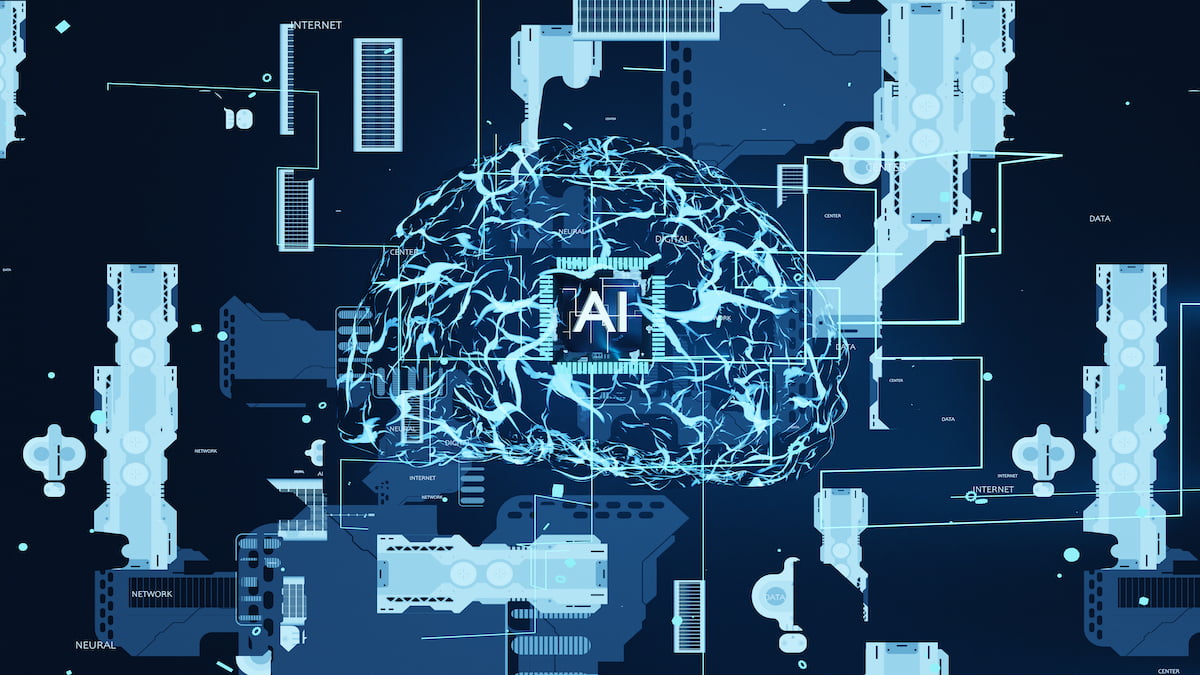Artificial Intelligence (AI) is rapidly transforming every aspect of our lives. From healthcare to commerce, AI’s footprint is vast and growing. With this expansion comes the necessity to address AI ethics, which scrutinizes the societal and individual impacts of this technology. As ethical issues like transparency, fairness, accountability, privacy, and safety take center stage, they become crucial to AI’s development and use.
AI ethics isn’t merely an academic discourse; it is a crucial aspect of the real-world application of AI. It involves understanding and addressing the moral implications related to AI. With AI systems increasingly influencing people’s lives, these ethical considerations are integral. They serve as the benchmark for evaluating AI innovations, shaping AI’s future landscape.
Key Ethical Considerations
Transparency
Transparency, in the context of AI, extends beyond merely explaining how a machine arrives at its decisions. It involves a clear exposition of the system’s operations and decision-making processes that the end-user can comprehend. This understanding fosters a greater sense of trust, vital for the acceptance and adoption of AI systems. However, transparency is not solely about lucid explanations.
An integral part of AI transparency is the candid communication of a system’s capabilities and limitations. Users should be made aware of the conditions under which an AI system functions optimally and, conversely, situations where it may falter. This complete picture enhances trust, sets the correct expectations, and promotes responsible usage of AI systems.
Fairness
As AI technologies continue to evolve, so does their potential for unfair and discriminatory outcomes. Sophisticated AI algorithms can unintentionally reproduce human biases present in their training datasets. When applied in sensitive domains like employment, law enforcement, and healthcare, these biases could lead to unjust outcomes.
It is, therefore, vital to ensure that AI systems exhibit fairness by treating all individuals without bias. This fairness is not just about avoiding explicit biases like race, gender, or age but also concerns more subtle, implicit biases that can influence an AI system’s decision-making. Through the use of balanced and diverse training data, rigorous testing, and regular auditing, we can work towards AI systems that are both fair and unbiased.

Accountability
The notion of accountability extends to AI systems too. These systems should be held answerable for their actions and decisions. In the intricate ecosystem of AI, accountability should not be dissipated among developers, users, or AI entities. Establishing clear accountability chains helps maintain ethical standards and facilitates remedial actions when errors occur.
In the event of a system failure, it should be possible to ascertain the accountable entity, whether it’s the algorithm designer, the data curator, or the end-user. This clear delineation of responsibility encourages due diligence at all stages of AI system design and use and promotes a higher ethical standard.
Privacy
In the current age of big data, AI systems often process an enormous amount of personal and sensitive information. Guaranteeing the privacy and security of this data is a critical ethical responsibility. AI developers and operators need to adopt suitable measures to protect data privacy.
Methods like data anonymization, which involves removing identifying details from data sets, and data encryption, which converts data into code to prevent unauthorized access, can effectively protect user data. Additionally, strict adherence to privacy laws and regulations, such as GDPR, helps ensure that AI systems respect and uphold users’ data privacy rights.
Safety
AI safety involves the design of systems that comprehend, respect, and operate within set boundaries. It’s about building AI systems that behave as expected, without causing intentional or accidental harm. A safety-conscious AI system should prioritize robustness and resilience.
Robustness in AI systems refers to their ability to perform reliably across a range of scenarios, including those that weren’t part of their training data. Resilience, on the other hand, refers to the system’s ability to recover quickly from difficulties. By focusing on robustness and resilience, we can create AI systems that minimize harm and bounce back quickly in the face of adversity.

Best Practices for AI Ethics
Stakeholder Involvement
In AI development, involving all stakeholders – users, developers, regulators, and the public – is vital. Each brings unique perspectives and insights that can enhance the ethical integrity of AI systems. For instance, users can provide firsthand experience of AI interactions, highlighting issues developers may overlook. Developers bring technical insights that can guide the application of ethical guidelines in practical ways.
Regulators, on the other hand, offer a macro perspective on how AI aligns with societal norms and legal regulations. Lastly, the public represents diverse social perspectives, reflecting wider societal concerns that AI development should take into account. Engaging with these diverse viewpoints can uncover unexpected ethical dilemmas, leading to the creation of AI systems that are robust, user-centric, and ethically sound.
Ethical Guidelines
The importance of ethical principles in AI development cannot be overstated. While companies may express commitments to fairness, transparency, privacy, and other ethical standards, the challenge lies in translating these principles into actionable steps in AI development.
Companies should integrate these principles into their AI design and development processes to ensure adherence to ethical guidelines.
This could involve the use of fairness metrics during the AI training phase, adopting transparent algorithmic processes, or enforcing strong data privacy protocols. Also, ethical principles should not be static; they should evolve as technology and societal norms progress.

Testing and Monitoring
While functionality is a key aspect of AI system development, ethical soundness should be an equally critical component. Testing AI systems for ethical considerations, such as fairness, bias, and transparency, should be an integral part of the development process. This may involve techniques like bias audits, sensitivity analyses, and robustness checks.
After deployment, ongoing monitoring becomes essential. AI systems can exhibit unexpected behavior or develop unforeseen issues as they interact with the real world. Therefore, having mechanisms for continuous oversight and quick rectification of problems can prevent ethical missteps and maintain public trust in AI systems.
Public Education
Public understanding and awareness of AI ethics foster informed decision-making about AI use. Through various education initiatives, the public can learn about the potential benefits, risks, and ethical implications of AI. Schools, universities, and lifelong learning platforms can play a significant role in providing such education.
In addition, companies involved in AI development can contribute by sharing non-technical explanations of how their AI systems work, their potential impact, and the measures taken to address ethical issues. By increasing public understanding of AI, we can foster a more meaningful and productive dialogue about AI and its societal implications.
Conclusion
As we stand on the brink of a new era dominated by AI, it becomes crucial to prioritize ethical considerations. The future of AI is ripe with promise and possibilities. However, the same advancements that hold the potential to transform our lives also carry with them potential risks and dilemmas. It is an undeniable truth that AI, like any other technology, is a double-edged sword. While it can usher in breakthroughs in healthcare, education, and sustainability, it also has the power to facilitate surveillance, manipulation, and bias if not properly managed.
Therefore, to unlock AI’s true potential, we need to ensure that its deployment is both responsible and beneficial to all members of society. The ethical considerations of AI—transparency, fairness, accountability, privacy, and safety—are not merely guiding lights, but prerequisites to a future where AI is used ethically and sustainably. By following the best practices outlined above, and by encouraging active dialogue among stakeholders, we can collectively steer AI development in a direction that balances innovation with social responsibility. Let’s leverage AI not only as a technological tool but also as an instrument for positive societal change while always staying vigilant to its potential risks.
This post contains affiliate links.
Author

This article was written with the assistance of AI. Edited and fact-checked by Ronan Mullaney.







